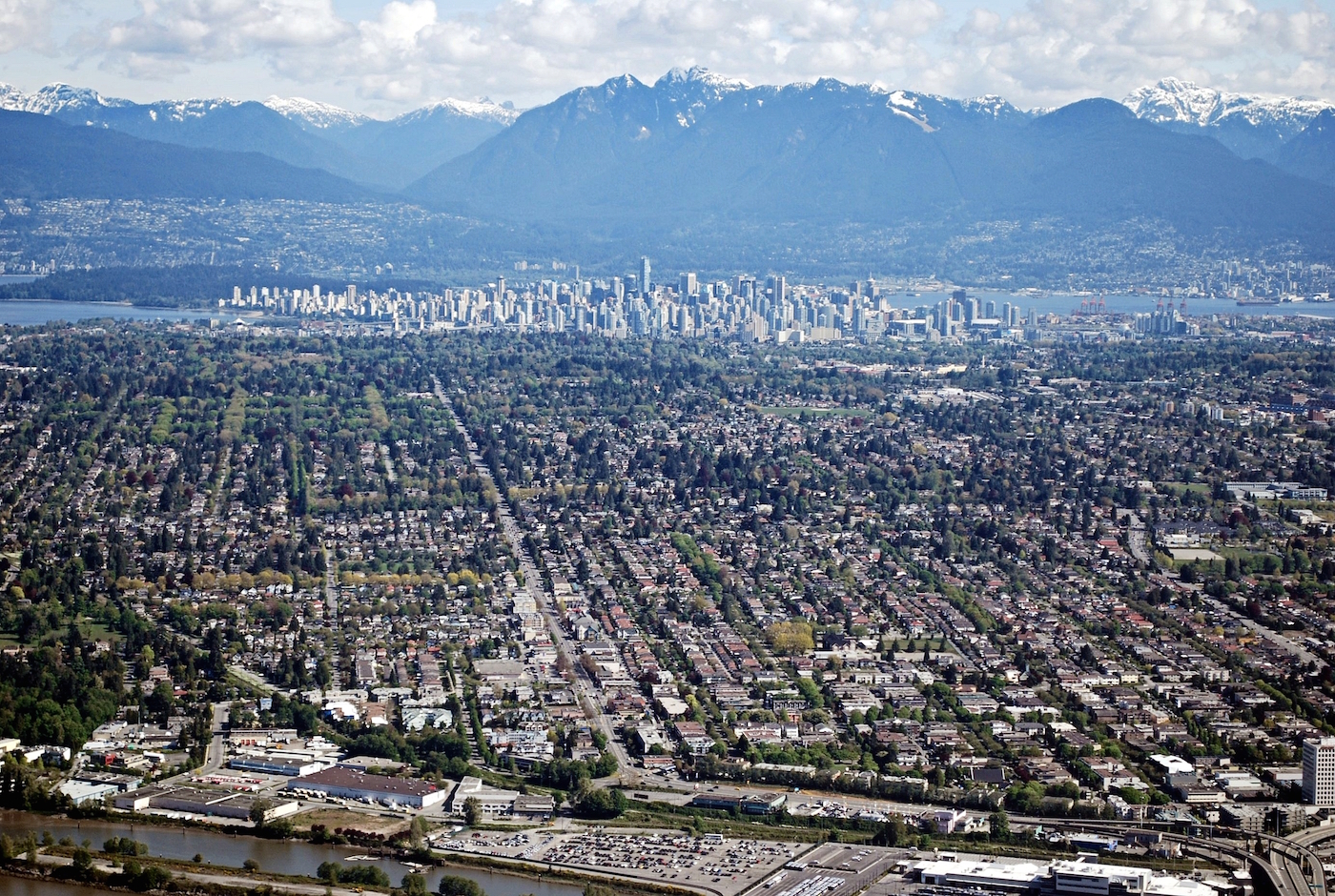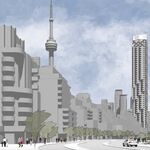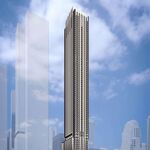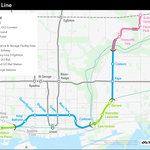From 2015 to 2017, UrbanToronto and its sister publication, SkyriseCities, ran an occasional series of articles under the heading Explainer. Each one took a concept from Urban Planning, Architecture, Construction, or other topics that often wind up in our publications, and presented an in depth look at it. It's time to revisit (and update where necessary) those articles for readers who are unfamiliar with them. While you may already know what some of these terms mean, others may be new to you. We will be (re)publishing Explainer on a weekly basis.
Along with the updated and republished articles, we are also adding to the Explainer series, filling in gaps in the general knowledge bank. This week's article follows on from last week's where we looked at how UrbanToronto determines building height and storey count, to explain why the floor. numbers in an elevator might now match our official count.
* * *
Trying to count the number of storeys in a building from the outside can often be an exercise in futility. For many developers around the world, superstition holds sway, and what the elevator will say suddenly doesn't match the number of physical floors in a building. While triskaidekaphobia — fear of the number 13 — has long disrupted sensical floor numbering in the Western world, tetraphobia — fear of the number 4 — has similar implications in the East Asian and Southeast Asian nations and other countries where developers cater to that market.
 A Hong Kong apartment elevator in what we would consider a 26-storey building, image by Flickr user glenn forbes via Creative Commons
A Hong Kong apartment elevator in what we would consider a 26-storey building, image by Flickr user glenn forbes via Creative Commons
In many branches of Chinese, as well as Sino-Japanese, Sino-Korean, and Sino-Vietnamese, the word denoting 'four' has a similar sound to the word for 'death.' As a result, these regions take great steps to eliminate the number four from everyday life. Elevators will skip the fourth floor and any floor whose number contains a four at the end. 'Forty' is not an issue in that way. In multi-building complexes, what would normally be 'Block 4' would likely instead be labelled 'Block 3A'.
 Vancouver has banned non-sequential numbering, image by Marcus Mitanis
Vancouver has banned non-sequential numbering, image by Marcus Mitanis
Where there's a fusion of Western and East Asian cultures, buildings may omit the thirteenth floor along with all floors with the digit four in them. That occurs often in Toronto, such as at the 20-storey Tango2 which was marketed as having 23 floors.
Though the practice has normally been harmless, firefighters are concerned that it could cause confusion which could potentially have lethal consequences. In 2015, the City of Vancouver listened to those concerns and banned non-sequential numbering schemes: new buildings there will no longer be allowed to skip any numbers, ending a common building convention in the multicultural metropolis.
* * *
Do you have other planning terms that you would like to see featured on Explainer? Share your comments and questions in the comments section below!
* * *
Want to read other Explainers? Click on the magenta Explainer box at the top of the page.
* * *
UrbanToronto’s new data research service, UrbanToronto Pro, offers comprehensive information on construction projects in the Greater Toronto Area—from proposal right through to completion stages. In addition, our subscription newsletter, New Development Insider, drops in your mailbox daily to help you track projects through the planning process.

 3K
3K 







































